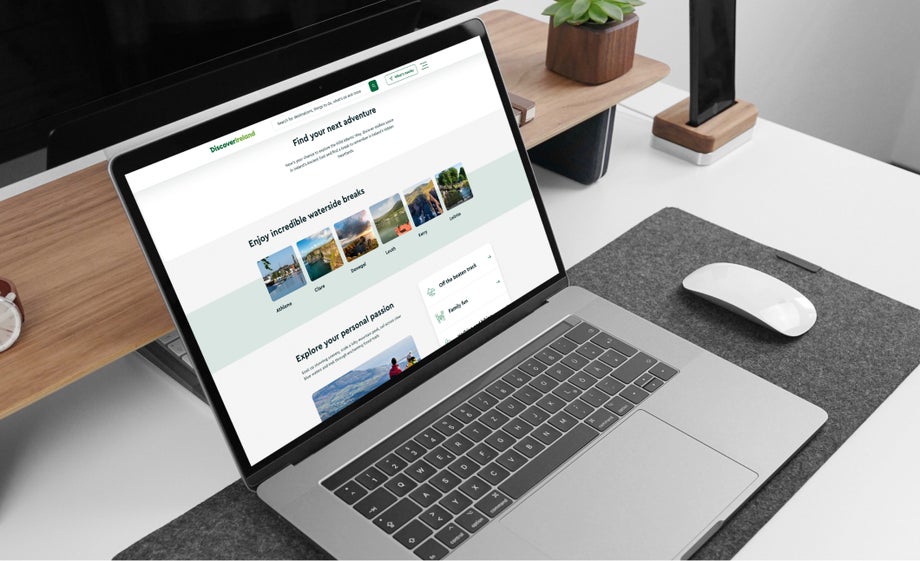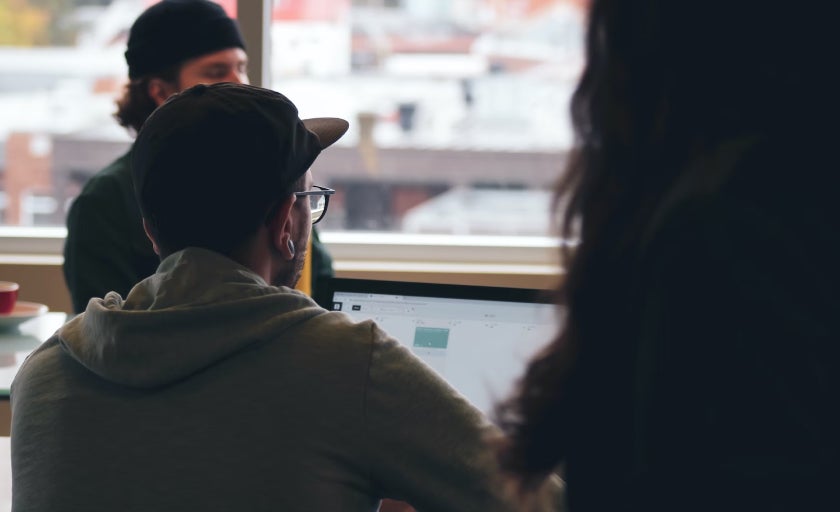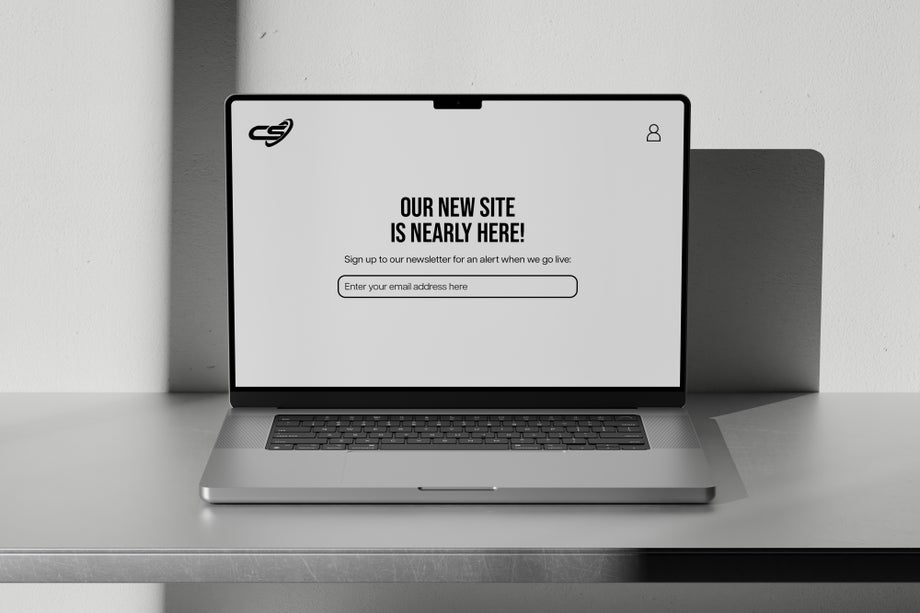

04.04.20235 mins read
For reasons that vary from Google ranking and optimisation to delivering better customer service, it is essential that you continuously update your site and any app’s or other platforms where you provide content. There are ways to do this with minimal effort, but the type of content management system (CMS) that your site operates on will hugely impact how easily it can be accomplished. Typically brands use a traditional CMS such as WordPress for creating, storing, and publishing their digital content. This type of CMS software was primarily built with websites in mind, however, given the popularity of mobile applications and other formats for digital experiences and the demand for an omnichannel experience, are they still the best method? Or is it time for a new approach to how we manage and publish content?
In contrast to these traditional CMS, there is another newer option - the headless CMS. Also called headless software or headless system, it refers to any type of back-end content management system where the content library, the “body,” is separated or decoupled from the presentation layer, the “head.” Consequently, the content is deployed through application programming interfaces (APIs), making it independent of any particular platform. As a result, you can host a piece of content, for example, a blog post, a video or an image, in one place and yet also use it on another device or platform.
This separation of the front from the back allows for greater freedoms and opportunities, including:
- Enables you to take advantage of everything cloud hosting has to offer your website, such as availability, scalability, and security.
- It is easier to achieve a high-performing, fast website because your frontend web application will only service your users and present the content. The removed headless CMS will deal with all the complicated tasks a CMS might do, such as auditing, logging, and version tracking. You can use the latest frameworks and tools without working on CMS compatibility, and the CMS does not bloat your frontend with unnecessary code.
- It means you can future-proof for site rebuilds or migration projects down the road
- Content can be accessed by multiple platforms and systems
- You can write your websites or mobile applications using any programming language, with your favourite tools and your own development process.
- You have full control over the application lifecycle without any interference with CMS code.
- It provides higher security and much easier scalability. Most headless CMSs are offered as software as a service (SAAS) solutions, you don't need to worry about patching your CMS, upgrading paths, or security risks

As with so much in life, there are exceptions to the rule. Although we recommend it for the vast majority of our clients, there are some cases when a headless CMS is not the best fit. Part of any consideration is how to deal with the challenge of managing for omnichannel and how best to keep and maintain a shared content repository while also adapting the content to each specific channel. By this I’m referring to the organisation, prioritisation and curation of content that meets a customer’s needs for each channel.
Another area for review is developing a generic model (structure) for your content without having a single website as a reference.
A digital experience platform (DXP) such as Kentico and Sitefinity should be considered when you are only creating content for a single application, and you want to provide a greater level of marketing control to your content editors. The trade-off on a DXP platform is you may have a more complicated site and setup to maintain, it can be harder to achieve the performance scores you need, and greater workflow control is needed to ensure your content editors maintain a standard across your website.

One of the main reasons for choosing a headless CMS is the ability to deliver content to multiple channels and devices. It also helps you overcome issues that arise when you have to manage different versions of the same content across different channels. i.e. serving content to your website and your native mobile applications.
Having a single source of truth enables marketers and content editors to maintain consistency, improve their productivity, and avoid costly mistakes. Customers expect to encounter the same experience and content, with your brand regardless of the device they are on, so making it easy to facilitate this is hugely benefical. With is this mind, some CMS vendors now offer content-as-a-service(CaaS) capabilities to their products to make it even easier for creators to produce content. Editorial calendars, customizable workflows, comments, and suggestions are just a few of the features that headless CMSs such as Kontent.ai offer out of the box.
Headless CMS platforms are still relatively new to the landscape compared to the more evolved digital experience platforms. However, their capabilities are growing all the time, and the lines between a traditional CMS platform and headless CMS platforms are becoming increasingly blurred. We firmly believe the future is headless and that in the end they will take the best parts from DXP solutions while leaving the legacy downsides behind.



